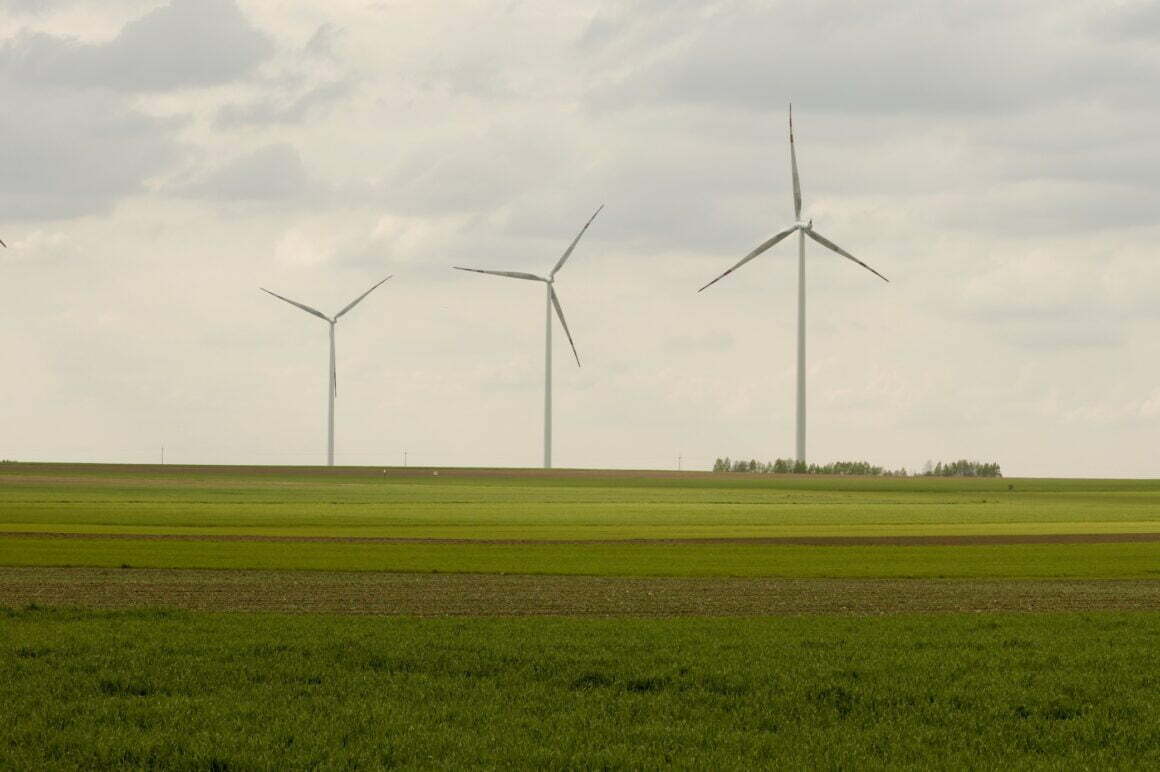Voluntary offset programs
Becoming carbon neutral can be complicated. While it is possible for lifestyle changes to reduce your carbon footprint, it is impossible to eliminate your carbon footprint altogether. Carbon offsets are an easy way to ‘balance out’ your carbon footprint by supporting carbon reducing projects in Australia and abroad.
However, carbon offsets are not something that you can see or measure. So how can you be sure that you can trust the organization you are working with?
This was a dilemma that the carbon offset market faced when it first emerged. Soon after, certification programs were launched that provided the market with requirements, rules, and regulations that projects are assessed against to ensure that they do exactly what they claim. At Carbon Co, we only purchase and supply carbon offsets that are accredited under the Verified Carbon Standard or the Gold Standard, which are two trusted certification programs.
In this article, we outline what these standards a project must meet in order to be certified, and why you can be certain that your Carbon Co. offsets are having a meaningful impact.
Verified Carbon Standard
The Verified Carbon Standard (VCS) is a full-fledged offset certification program managed by Verra. It is a widely supported, with projects worldwide. VCS is focused wholly on removing and reducing greenhouse gas (GHG) emissions, and there are strict guidelines that projects have to meet to be verified under the VCS program. The VCS issues a Voluntary Carbon Unit (VCU) to approved programs, and an awarded VCU represents the removal or reduction of one tonne of GHG emissions. These VCUs are what we purchase on the global carbon market and allocate to you when you purchase a Carbon Co. offset.
The basic criteria for an approved project include:
- Real: all GHG emission reduction or removal by the project must be proven to have genuinely taken place.
- Measurable: emission reductions or removal must be measured and quantified using accurate measurement methods against a credibly established baseline.
- Additional: all GHG removals and reductions should be over an established baseline to ensure that any removals or reductions are because of the project being in place.
- Conservative: in case of any uncertainty in measurement, lower values will be recorded and used to ensure there is no over-estimation of VCUs.
- Independently audited: an accredited team with experience in the relevant field and country needs to verify all GHG emission reductions and removals.
- Transparent: all data collected and recorded should be appropriately disclosed to the public so that users can make informed decisions with confidence. This information about each project is available in the Verra Project registry, along with a list of all VCS certified projects.
- Unique: each VCU should be unique and should be linked to a single project or activity. No removal or reduction of GHGs should be double-counted, and no VCU can be double claimed.
- Permanent: if there is any risk of reversibility of the GHG removed or reduced, the project should have processes in place to ensure any reversal is compensated for.
These comprehensive criteria ensure that only genuine projects that have a meaningful impact on greenhouse gas emissions are approved under the Verified Carbon Standard.
Gold Standard Criteria
The Gold Standard was developed in 2003 by the WWF. It is an international offset program administered by the Gold Standard Foundation based in Geneve, Switzerland. By 2018, 80 non-profit organizations worldwide had endorsed the Gold Standard program.
Compared to the VCS, the Gold Standard has additional requirements when certifying a project. The requirements for a Gold Standard certification are:
- The project should reduce or remove one of the three eligible GHGs: methane, carbon dioxide, and nitrous oxide. The measurement of this removal has similar criteria to that of the VCS outlined above.
- The project should be achieving its goal by supplying renewable energy, reducing end-user energy usage, afforestation, reforestation, or agriculture.
- The project should not be applying for another certification to prevent double counting.
- The additional GHC emission reduction or removal should be documented and should be occurring because of the project.
- The project should be contributing to at least three of the Sustainable Development Goals laid out by the United Nations.
The final assessment criteria is particularly important. It means that in addition to reducing or removing GHG emissions, a Gold Standard certified project also benefits the local population’s financial, social, and environmental outcomes.
Why choose someone certified?
Ultimately, choosing offsets that are certified under the VCS or the Gold Standard makes sure that your contribution is having a meaningful impact on climate change.
Both standards are widely trusted, being developed by experts and expanding upon standards employed by the United Nations Clean Development Mechanism. The standards are also widely used in mandatory carbon compliance markets, meaning that governments and regulators use these mechanisms of measurement and management to enforce carbon offset laws. This goes to show how well these certifications have been structured.
When offsetting your carbon emissions, be sure to partner with an organization that you can trust. By partnering with Verra and the Gold Standard, we at Carbon Co. guarantee that every project we support is held to the strictest of standards. You can rest assured knowing that your contribution is making a meaningful difference.

